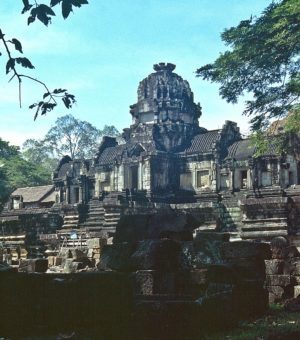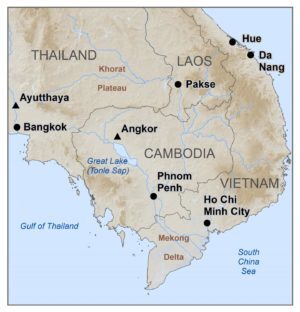
PROCEEDINGS OF THE NATIONAL ACADEMY OF SCIENCES—A study* suggests that medieval Angkor, Cambodia, did not experience an abrupt collapse, but instead underwent a gradual decline in occupation. Researchers have debated whether the abandonment of Angkor in the 15th century was the result of abrupt collapse caused by the invasion of foreign powers. Dan Penny, Damian Evans, Martin Polkinghorne, and colleagues examined sediment cores extracted from a medieval moat that once surrounded Angkor Thom, the last capital of the Khmer Empire. The cores provided information on land-use patterns, including when the land was occupied and abandoned. The analyses confirmed that fire, forest disturbances, and soil erosion from agriculture began to decline in the beginning of the 14th century–before the Ayutthayan invasion that conventionally marks when the city was abandoned. By the end of the 14th century, the moat was covered in floating swamp vegetation, which indicates that it was no longer being maintained. The findings suggest that land-use intensity gradually declined during the 14th century and did not abruptly stop in the 15th century. According to the authors, inhabitants did not leave Angkor because the city failed; rather, Angkor may have failed because the elite had left the city.
______________________________

Map of mainland Southeast Asia showing the location of Angkor. Image courtesy of Damian Evans.
______________________________

Angkor Thom. Ziegler175, Wikimedia Commons
______________________________

Example of monumental art at Angkor Thom. Николай Максимович, Wikimedia Commons
______________________________






